Research
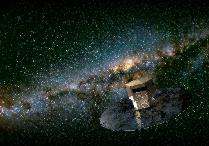
Since many years ARI is active in astrometry and was especially involved in the data reduction of HIPPARCOS. That mission measured 120,000 stars, while satellite project Gaia - a cornerstone mission of the European Space Agency ESA launched on December 19, 2013 - will collect even better data for more than 1 billion stars. The Gaia data reduction and scientific analysis is split into different sub-projects, where ARI is most engaged in the Core Processing, the First Look, and the establishment of the Gaia data archive. The scientific analysis of the Gaia data will result in a major improvement in our understanding of the formation and evolution of the Milky Way.
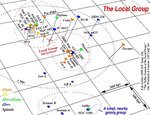
In stellar dynamics the structure, dynamics and mass distribution of stellar systems are investigated. This ranges from planet formation, evolution of star clusters, the Milky Way and other galaxies, to cosmological topics. Beside the realisation and data interpretation of observations, numerical simulations of the evolution of stellar systems are in the foreground. The ARI has comprehensive experience with parallel computing; computer networks are used in the numerical simulations, which are additionally provided with special hardware for the computation of many gravitational interactions (GRAPE-Boards). A new 64-processor parallel computer was just built up, as part of the projects GRACE (Volkswagenstiftung) and SFB439 .
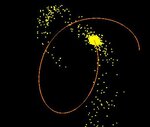
The research on galaxy evolution concentrates partly on our Milky Way and nearby galaxies, where single stars can be resolved, and partly on the integrated light of distant galaxies and galaxy clusters. The investigation of the structure, dynamics and evolution of spiral and dwarf galaxies is based mainly on the analysis of the stellar populations (including the physics of White Dwarfs and star clusters), which allows a detailed 'galactic archeology'. Large international projects like RAVE, SDSS, and Pan-STARRS, where the ARI participates, provide a significant part of the observational data. The observational part is complemented by complex chemodynamical and cosmological simulations. In the case of distant galaxy clusters also X-ray observations are used.
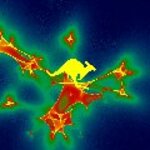
Gravitational lensing is the deflection of light by massive objects in the universe. This changes the positions of background objects, magnifies them and distorts their shape. The most spectacular phenomena are multiple images (two or more) of a single background source. At the ARI multiply imaged quasar are studied with respect to brightness changes, light curves, time-delay determination and microlensing. Moreover, gravitational lensing is used to discover planets around other stars.
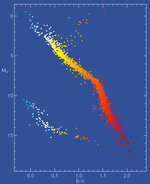
The ARI compiles, produces and updates a number of astronomical catalogues, like the ARIAPFS (database of the Apparent Places of the Fundamental Stars) ARICNS (database of the Nearby Stars) ARIHIP (astrometrically improved data of the satellite HIPPARCOS) FK6 (6th catalogue of the fundamental stars). Additionally to the main goal - the preparation of astrometric data - in ARICNS a variety of astrophysical data are included and ARIHIP contains detailed information on the binary nature of the catalogue stars.
